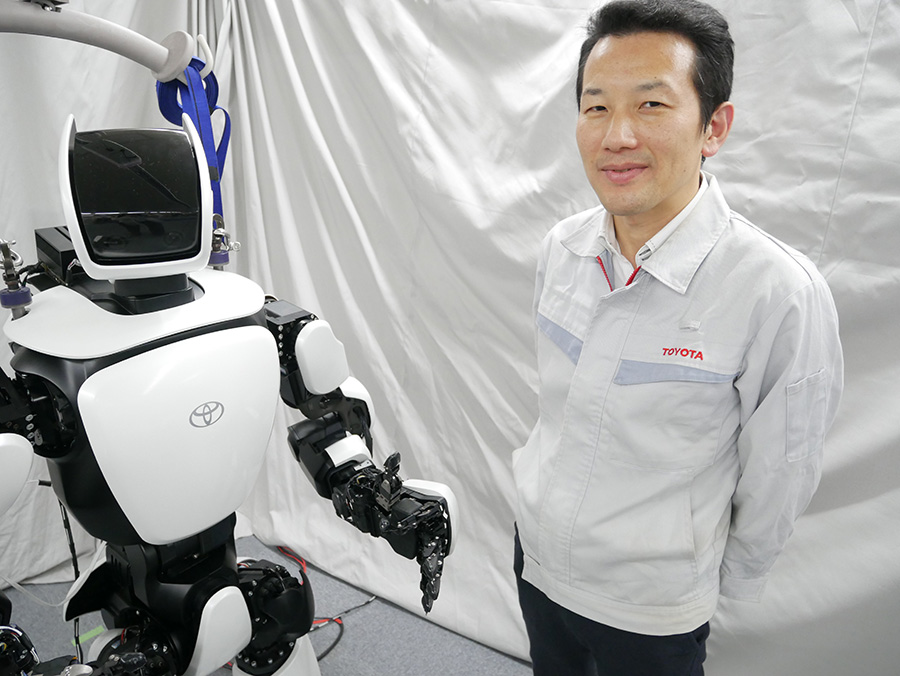
Why Does Toyota Make Robots?
The Toyota T-HR3 robot is a humanoid robot that’s years in the works. Toyota released this robot creation in 2017. The Toyota Global team continues to innovate and improve on the design over time. But why does Toyota even make robots?

How does the Toyota T-HR3 robot work?
The Toyota T-HR3 robot can operate using flexible movements. By mirroring what the remote human operator does, the T-HR3 gets around. Toyota Global put on a demonstration again in 2019 at the International Robotic Exhibition in Tokyo. The 2019 version of the T-HR3 could walk more naturally, more closely mimicking the movements of its remote human operator.
“First launched by Toyota in 2017, it’s a humanoid robot capable of flexible movements that mirror the actions of its remote human operator, and of sharing the force exerted by and on the robot with the operator using force feedback.”
Toyota Global
The development team achieved some new functions with the robot. But what is the purpose? Why does Toyota make robots?
T-HR3 Development
T-HR3 Development Team Leader Tomohisa Moridaira leads a group that works in the Tokyo Head Office building of Toyota. The team he leads is a research and development group. Their time is also dedicated to the development of the Toyota T-HR3 robot and the Tokyo 2020 Mascot like what we see in the video below.
Toyota Global is deeply invested in several important facets of mobility. So these robots are developed as a joint effort with the Tokyo Organizing Committee of the Olympic games and the Paralympic games. In fact, Toyota Global wants to increase mobility research and development and these robots are a big part of that.
In a press release about these Toyota T-HR3 robots, Moridaira answered some interview questions concern robotics development. He explained that the development team has spent a lot of time working on the robotic hand of the Toyota T-HR3 robot. The project is dynamic, constantly improving and learning as the team progresses and improves upon the T-HR3.

So why does Toyota make robots?
The PR agent that interviewed Moridaira for the story got to test it out. Much like a Virtual Reality or VR system, the human in charge puts on some gear that then communicated with the robot what it is that the remote human operator wants it to do. But we still want to know the reason behind this wild robotic research.

According to Moridaira, robots in the future will likely be in high demand. Due to the fact that the T-HR3 is a humanoid robot, it is easier to learn to operate. Plus, it’s more capable of getting out into the world and experiencing its environment in a way that is more similar to the way a human does. Many joints and usable parts––such as hands––only increase this capability.
Moridaira also explained that “redundant degrees of freedom” give the robot increased capability. This means the Toyota T-HR3 robot can continue a task even if a join or two malfunctions. Apparently, the robot moves differently depending on the personality or skill of the operator.
Because the design is so human oriented, it’s pretty clear Toyota’s developing this humanoid robot in order to delve deeper into its mobility promises. This robot could potentially change lives of people who otherwise have problems with mobility which keep them from interacting with certain environments or performing certain tasks. Global mobility is the name of the game. And Toyota is working hard to develop a state of the art humanoid robot that will ultimately help people all over the world.



